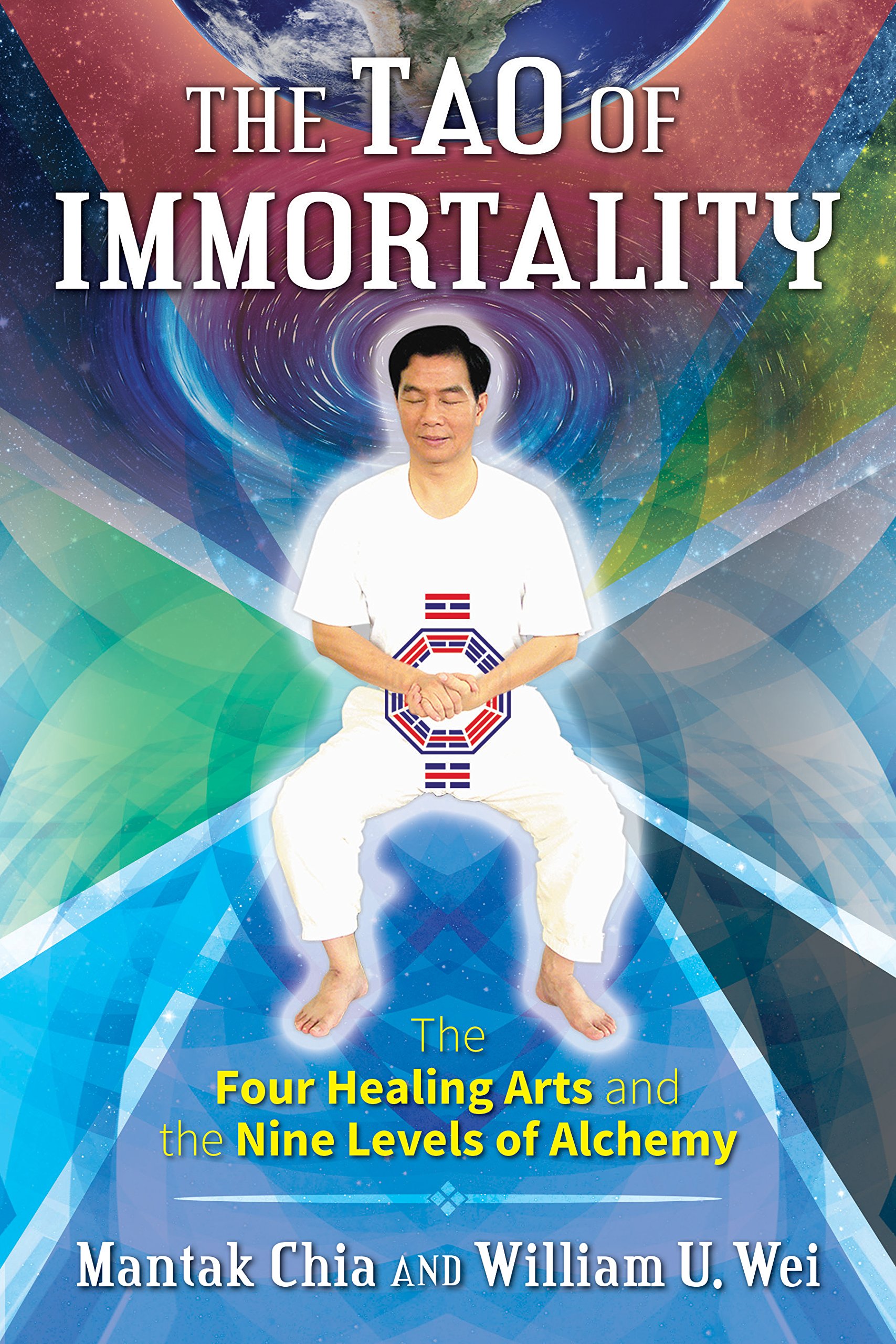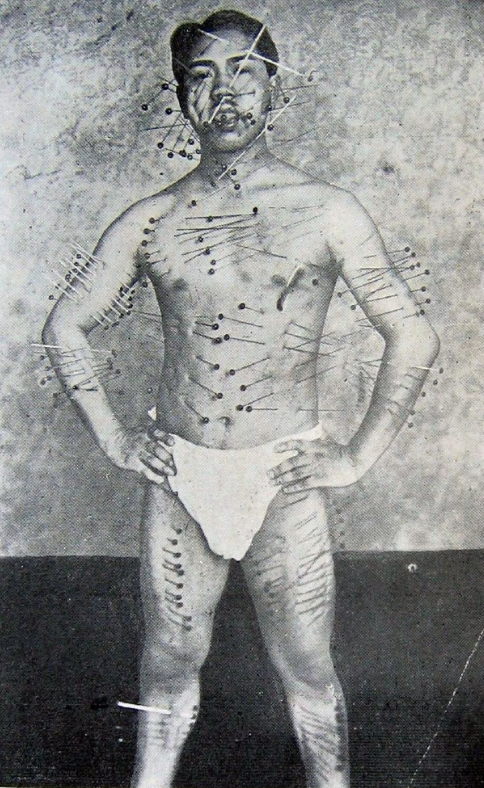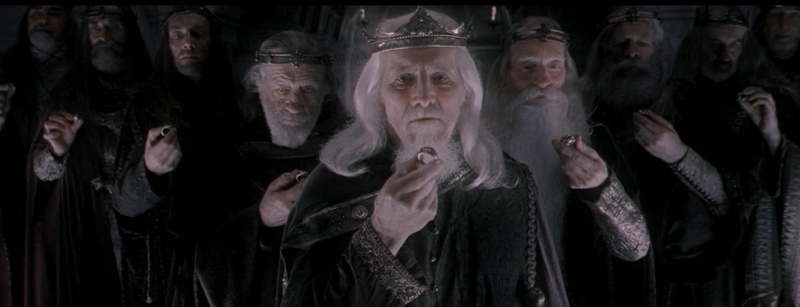Home › Forum Online Discussion › Practice › Can't inner smile
- This topic has 12 replies, 4 voices, and was last updated 6 years, 10 months ago by
c_howdy.
-
AuthorPosts
-
June 23, 2018 at 4:40 pm #52645
silv
ParticipantHello, I’ve been reading quite some instructions on doing the inner smile, read books, re-read books. Tried out. Tried out again but this time with more intent. Tried again with not so much intent. Still I don’t grasp it.
I don’t feel it.Create a source of smiling energy up to three feet in front of you.
Simply I can’t do that. It is not in my power. I feel it so mental, tiring, does not make me smile. Nothing appears in front of me. I don’t feel any ‘abundant’ smiling energy.
I don’t feel the organs flowering, I don’t feel the smile rippling down as water down the suggested paths. I don’t feel the virtues coming out of the organs.Since inner smile is the first step of the whole system… I’d say I’m done. What am I doing wrong? Why does it not work. What do I miss?
Thanks for any suggestion
June 23, 2018 at 6:23 pm #52646rideforever
ParticipantWhat do you feel ?
If you turn up the corners of your mouth, what do you feel ?
Sometimes it helps to be totally miserable and sit with your misery, let it soak in or rain down upon you. Until reaches some peace.
If you are very mental might be better just to do 5 Animals, and not worry too much about it, just do the body movements and breathing of colour chi, just try to let it flow.
Good to wait until you are calm, and relaxed before doing any of these.
Also can try shaking it all out and screaming, beforehand to discharge.
Before you try the more complicated visualisations of abundant smiling energy, you can just imagine a warm golden sun shining in your chest. Just relax and let it be there. Do that for a few days and relax into it, like getting into a bath.
Pushing seems like it would be counter-productive.
Also can do ocean breathing, as you do it try to rest down into the feet and ankles, feel a settling of your weight down into the earth as you do it. Just relax, no hurry, enjoy the feeling of chi and let your lungs and diaphragm relax.
June 27, 2018 at 7:35 am #52658Viktor
ParticipantHi silv,
I think you would easily overcome these types of obstacles with a group with instructor guidance. The group energy takes over, and the presence of experienced instructor. And then you know how.
Inner smile should be easy.
It wouldn’t be a mistake to postpone it for another time. In the meantime you could try 5 animals as ride suggested. It seems to me that you should loosen up from the expectations. There is so much to be gained from the practice of these techniques, but its not predictable of how every session will go.Good luck on your journey.
June 28, 2018 at 6:31 pm #52666c_howdy
Participanthttps://www.youtube.com/watch?v=qaik6frZIUk
Also…
In these kind of conditions one shouldn’t get stagnated with just one or two practices.
This new M. Chia book is really worth both buying and thoroughly studying to just get the overview.
Sorry for my broken English.
HOWDY
 July 1, 2018 at 8:42 am #52672
July 1, 2018 at 8:42 am #52672c_howdy
Participanthttps://www.youtube.com/watch?v=4LHzj3MosKs
…the first step of the whole system…
…should be Trāṭaka in real life.
…I can’t do that…
These are first of all simply auto-suggestions.
Sorry for my broken English.
HOWDY
Ps. In the video it starts (2:29=>).
 July 4, 2018 at 12:31 am #52677
July 4, 2018 at 12:31 am #52677c_howdy
Participant
Citipati(Sanskrit: चितिपति) is a protector deity or supernatural being in Tibetan Buddhism and Vajrayana Buddhism of India. It is formed of two skeletal deities, one male and the other female, both dancing wildly with their limbs intertwined inside a halo of flames representing change. The Citipati is said to be one of the seventy-five forms of Mahakala. Their symbol is meant to represent both the eternal dance of death as well as perfect awareness. They are invoked as ‘wrathful deities’, benevolent protectors or fierce beings of demonic appearance…the Citipati were a couple of ascetics meditating near a graveyard. In their deep state of meditation, they did not notice a thief who had sneaked up on them. The thief beheaded them and threw them into the dirt, which caused them to reach the next stage of ascetic practices. Infuriated by the act, the Citipati swore vengeance to the thief and became the archenemy of thieves and other criminals.
-https://en.wikipedia.org/wiki/Citipati_(Buddhism)-
…one was known as Spare Ass Annie. She had an auxiliary asshole in the middle of her forehead, like a baneful bronze eye. Another was a scorpion from the neck down…
-WILLIAM S. BURROUGHS, Interzone
 July 4, 2018 at 9:16 pm #52679
July 4, 2018 at 9:16 pm #52679c_howdy
Participant July 9, 2018 at 6:39 pm #52688
July 9, 2018 at 6:39 pm #52688c_howdy
Participant… I don’t feel…
Sorry, but my opinion is that the most important it is to develop self-sufficiency, but for example self-containment too is of utmost importance…
Sorry also for my broken English.
HOWDY
 July 17, 2018 at 8:31 pm #52726
July 17, 2018 at 8:31 pm #52726c_howdy
ParticipantIn ‘The Tao of Immortality’ there is quite comprehensive bibliography; some book choices are quite strange.
I would replace for example Tolkien’s Hobbit with Bhāgavata Purāṇa/Śrīmad Bhāgavatam in the bibliography.
Also personally I would probably take Bret Easton Ellis’ ‘American psycho’ instead of ‘The Hobbit’ by J. R. R. Tolkien.
Sorry for my broken English.
HOWDY
 July 18, 2018 at 11:46 pm #52728
July 18, 2018 at 11:46 pm #52728c_howdy
Participant…the underlying principles of medicine are described concisely in the first part of the book, and the detailed practice of medicine within each sub-specialty is described in later system-based chapters…
 July 20, 2018 at 3:05 am #52738
July 20, 2018 at 3:05 am #52738c_howdy
ParticipantChakras (Sanskrit: चक्र, IAST: cakra, Pali: cakka, lit. wheel, circle) are the various focal points in the subtle body used in a variety of ancient meditation practices, collectively denominated as Tantra, or the esoteric or inner traditions of Indian religion, Chinese Taoism, Tibetan Buddhism, as well as Japanese Esoteric Buddhism…the very concept of the so-called chakra, etymologically originates directly from the Sanskrit root चक्र. The “tsschakra” remained in virtual linguistic conformity throughout possible adaptations throughout the relative temporal and linguist adversity of two thousand years. At heart, the chakra denotes a “wheel”, a “circle”, and a “cycle”.
-https://en.wikipedia.org/wiki/Chakra-
Three Rings for the Elven-kings under the sky,
Seven for the Dwarf-lords in their halls of stone,
Nine for Mortal Men doomed to die,
One for the Dark Lord on his dark throne
In the Land of Mordor where the Shadows lie.
One Ring to rule them all, One Ring to find them,
One Ring to bring them all and in the darkness bind them
In the Land of Mordor where the Shadows lie.
 July 25, 2018 at 9:40 pm #52757
July 25, 2018 at 9:40 pm #52757c_howdy
Participanthttps://www.youtube.com/watch?v=VkbBvTYDEKc
Kacem Zoughari has written very fine book about the traditional warrior path; it’s highly recommended.
Sorry for my broken English.
HOWDY
 August 3, 2018 at 10:19 pm #52789
August 3, 2018 at 10:19 pm #52789c_howdy
ParticipantAugust 19, 2012 at 4:01 pm#39732
Topic: Japan’s Last Ninja (article)
in forum GeneralSteven
A 63-year-old engineer is Japan’s ‘last ninja’
AFPBy Miwa Suzuki | AFP 5 hrs agoA 63-year-old former engineer may not fit the typical image of a dark-clad assassin with deadly weapons who can disappear into a cloud of smoke. But Jinichi Kawakami is reputedly Japan’s last ninja.
As the 21st head of the Ban clan, a line of ninjas that can trace its history back some 500 years, Kawakami is considered by some to be the last living guardian of Japan’s secret spies.
“I think I’m called (the last ninja) as there is probably no other person who learned all the skills that were directly” handed down from ninja masters over the last five centuries, he said.
“Ninjas proper no longer exist,” he said as he demonstrated the tools and techniques used in espionage and sabotage by men fighting for their samurai lords in the feudal Japan of yesteryear.
Nowadays they are confined to fiction or used to promote Iga, some 350 kilometres (220 miles) southwest of Tokyo, a mountain-shrouded city near the ancient imperial capital of Kyoto that was once home to many ninjas.
Kawakami, a former engineer who began teaching ninjutsu — the art of the ninja — ten years ago, said the true history of ninjas was a mystery.
“There are some drawings of their tools but we don’t always find all the details,” which may have been left deliberately vague, Kawakami said.
“Many of their traditions were passed on by word of mouth, so we don’t know what was altered in the process.”
And those skills that have arrived in the 21st century in their entirety are sometimes difficult to verify.
“We can’t try out murder or poisons. Even if we can follow the instructions to make a poison, we can’t try it out,” he said.
Kawakami first encountered the secretive world of ninjas at the age of just six, but has only vague memories of first meeting his master, Masazo Ishida, a man who dressed as a Buddhist monk.
“I kept practising without knowing what I was actually doing. It was much later that I realised I was practising ninjutsu.”
Kawakami said training ranged from physical and mental skills to studies of chemicals, weather and psychology.
“I call ninjutsu comprehensive survival techniques,” though it originated in war skills such as espionage and guerrilla attacks, he said.
“For concentration, I looked at the wick of a candle until I got the feeling that I was actually inside it. I also practised hearing the sound of a needle dropping on the floor,” he said.
He climbed walls, jumped from heights and learned how to mix chemicals to cause explosions and smoke.
“I was also required to endure heat and cold as well as pain and hunger. The training was all tough and painful. It wasn’t fun but I didn’t think much why I was doing it. Training was made to be part of my life.”
Kawakami said he was “a strange boy” growing up but his practice drew little attention at a time when many in Japan were struggling to make ends meet in the hard post-war years.
Just before he turned 19, he inherited the master’s title, along with secret scrolls and special tools.
Kawakami is careful not to claim the title of the “last ninja” for himself and in the sometimes sectarian world of ninjutsu there are doubters and rival claimants, with the disputes centring on the authenticity of various teachings.
Kawakami says much of the ninja’s art lies in catching people unawares, rather than in brute force.
“Humans can’t be on the alert all the time. There is always a moment when they are off guard and you catch it,” he said.
It is all about exploiting weaknesses that allows the ninja to outfox much bigger or more numerous opponents; distracting attention to allow a quick getaway.
It is possible to hide — in a manner of speaking — behind the smallest of things, Kawakami said.
“If you throw a toothpick, people will look that way, giving you the chance to flee.
“We also have a saying that it is possible to escape death by perching on your enemy’s eyelashes; it means you are so close that he cannot see you.”
Kawakami recently began a research job at the state-run Mie University, where he is studying the history of ninjas.
But, he said as he showed an AFP team around the Iga-ryu Ninja Museum and its trick house with hidden ladders, fake doors and an underfloor sword box, he is resigned to the fact that he is the last of his kind.
There will be no 22nd head of the Ban clan because Kawakami has decided not to take on any more apprentices.
“Ninjas just don’t fit in the modern day,” he said.
-
AuthorPosts
- You must be logged in to reply to this topic.
